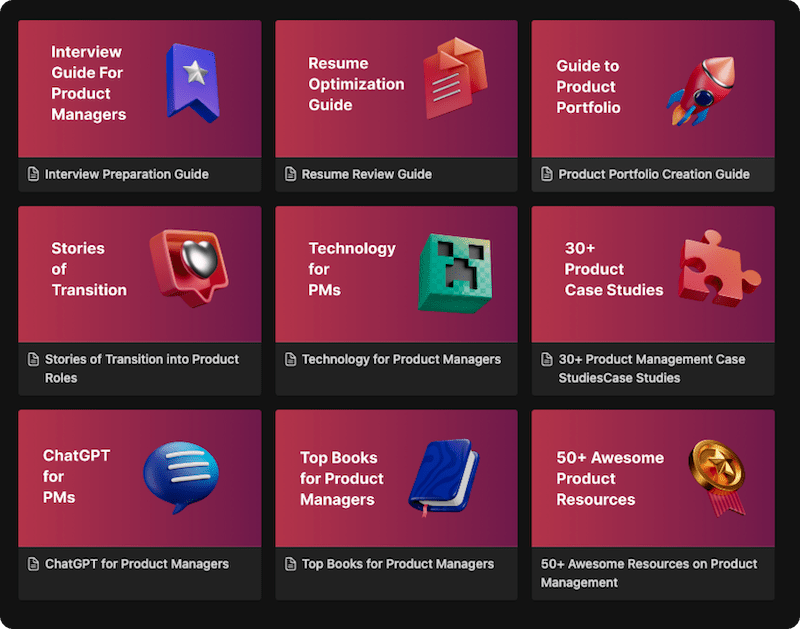Product Led Growth
In the fast-paced world of technology and business, traditional marketing and sales strategies may not always yield the desired results. Product-led growth (PLG) has emerged as a transformative approach that prioritizes the product itself as the primary driver of user acquisition, retention, and expansion. This article will delve into the significance of product-led growth, its definition, key principles, and implementation process, supported by real-world examples to illustrate its effectiveness in today’s competitive landscape.
Product-led growth (PLG) is a business strategy that places the product at the forefront of the customer acquisition and retention process. Instead of relying heavily on sales and marketing efforts, PLG focuses on creating a product that is easy to use, provides value from the outset, and encourages users to share it with others. This leads to organic growth and a self-sustaining loop where satisfied users become advocates, driving further adoption.
Key Principles
- Seamless Onboarding: A key principle of PLG is to ensure a smooth and frictionless onboarding experience for users. The product should be intuitive, allowing users to understand its value proposition quickly and start using it without any hurdles.
- Virality and Network Effects: PLG products often incorporate viral features or network effects that encourage users to invite others, leading to exponential growth. Examples include referral programs, invite-only access, or collaboration features that enhance the product’s value with more users.
- Data-Driven Iteration: PLG relies on continuous feedback and data analysis to make informed decisions. Product managers must use data to identify user behavior, pain points, and areas for improvement, driving iterative updates to enhance the user experience.
Implementation Process
- Identify Product-Led Potential: Assess whether the product has the potential to adopt a PLG strategy. Factors like target market, product complexity, and viral features play a role in determining the feasibility of product-led growth.
- Optimize Onboarding: Simplify the onboarding process, provide educational resources, and use product analytics to identify drop-offs during onboarding. Aim to create a delightful first experience for users.
- Implement Viral Loops: Introduce features that encourage users to invite others or collaborate within the platform. Leverage network effects to expand the user base organically.
Real-World Examples
- Slack: Slack, a popular team collaboration tool, is an example of successful product-led growth. It gained widespread adoption due to its user-friendly interface, seamless onboarding, and viral loop features. Teams that adopted Slack organically introduced it to other teams, leading to widespread adoption without extensive marketing efforts.
- Dropbox: Dropbox utilized product-led growth by offering additional storage space to users who referred others to the platform. This incentivized users to share Dropbox with friends and colleagues, driving significant user growth.
Takeaway
Product-led growth emphasizes the product’s value as the primary driver of growth. Prioritize seamless onboarding and implement viral features to encourage organic user acquisition. Slack and Dropbox are prime examples of successful PLG implementation, leveraging user satisfaction to drive growth. Product-led growth has disrupted the traditional sales and marketing model by placing the product’s value and user experience at the forefront. By focusing on seamless onboarding, virality, and data-driven iteration, product managers can drive exponential growth and create a self-sustaining ecosystem of satisfied users turned brand advocates.


